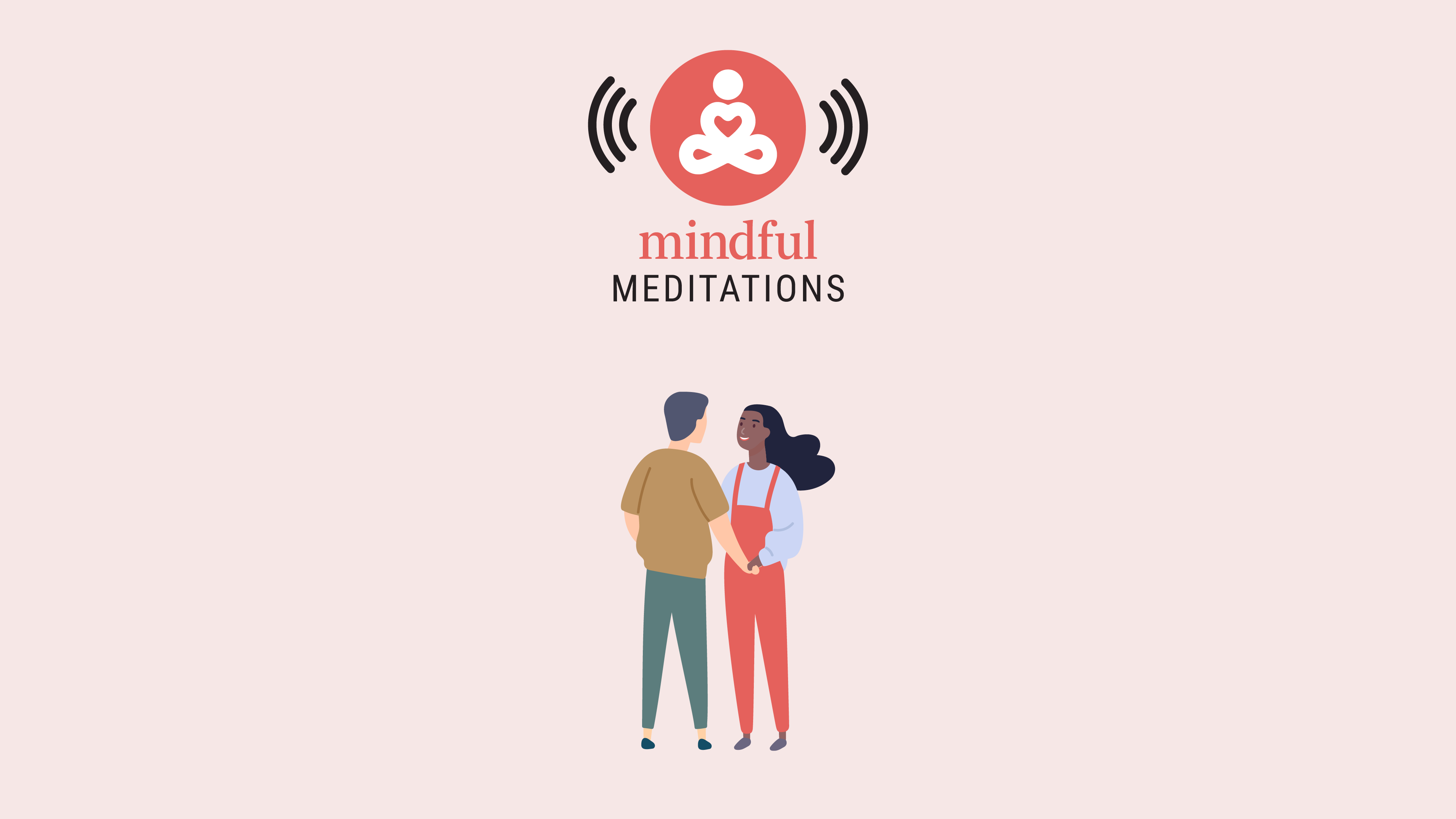I’m a teacher in the Bay Area, and we’re going to be exploring mindfulness, specifically with regards to compassion.
So first, when I say “welcome,” I want to welcome each and every part of each and every one of you. There are the parts of ourselves that we love and parts we’ve all been trying to change for years. It’s all welcome here—we get to be whole.
As we get into exploring this thing called compassion, this heart practice or training, it’s good to define it first. Compassion is simply a kind, friendly presence in the face of what’s difficult. Its power is connecting us with what’s difficult—it offers us an approach that differs from the turning away that we usually do. So much is going on in the world right now, it’s so easy to close off. So, in this meditation we’re going to practice opening up.
We begin with empathy—that beautiful feeling of connection. It’s where we let other people matter. When we can acknowledge the commonality of the human condition, something beautiful happens: we diminish the subtle cruelty of indifference.
Compassion takes empathy one step further because it harbors a desire for all people to be free from suffering, and it’s imbued with a desire to help. Over the next few practices we’ll go through different categories: We’ll begin where it’s easiest for us to receive compassion, for example, with those who are dearest to us. Then we’ll move the focus to ourselves; after that we’ll direct our attention toward the people we feel most neutral about—the ones we don’t have really big feelings about either way. Then we’ll conclude by expanding out to everyone, including difficult people.
When we allow ourselves to actually touch with our hearts the pain of what’s difficult—the fear, the anger, the hurt—what arises is a natural tenderness. What we want to practice is allowing ourselves to get really close to that human experience, to tend to it. We’re essentially showing up and bearing witness to our shared humanity.
A lot of us have been through painful experiences. But not a lot of us know how to actually tend to those experiences. We’d all like to respond with compassion, but we haven’t learned how to be present with the hurt.
There was a time that I thought if I was suffering, I was living life incorrectly. But pain without resistance—being present with pain—is the beginning of healing. What does it really mean, though, to come back to ourselves, to come back to home base, to return to these hearts of ours? A common idea that’s so persistent in the mind is: it shouldn’t be like this. Something is wrong.
Consider this, though: if we don’t allow ourselves to feel it, we can’t heal it.
So, in this practice, we’re going to combine a repeated inner intention with the visualization of different people as we go. We’re going to evoke the feeling in our heart of compassion through the power of connection.
Exploring Compassion For Those We Love
Watch the Video:
Listen to the Audio:
Opening Ourselves up to Compassion
Follow the Practice:
- Just feel your breath and soften the body. Feel the life within you. Notice how you treasure your own life, and how you guard against pain. All beings do this. Let go of any demands on this moment.
- Now let’s set our intention to wrap ourselves up with warmth and affection. Many people find it helpful to hold one hand on their belly, the other on their hearts—it can help us really connect with ourselves.
- Now turn your attention and bring to mind someone you care for deeply. Notice what happens as you picture that person’s face, their eyes. Notice what happens for you as you hold that person in your heart.
- Now let yourself be aware of that person’s measure of pain, their difficulties in life. Can you feel your heart opening without effort to wish them well, to extend comfort, to share their pain and meet it with compassion?
- Let’s repeat some phrases, directing them toward the person you’re thinking about: I care about your difficulties. May you be held in compassion. May your heart be at peace.
- Continue the phrases as you hold this person in your heart. Feel free to change the phrases any way you wish to reflect your heart’s true intention.
- Now allow another person to come into your mind. And again, acknowledge the circumstances that make life difficult for this person. Repeat whatever phrases resonate most deeply with your intention. I care about your difficulties. May you be held in compassion. May your heart be at peace.
As we bring this session to a close, hold yourself with some gentleness. Maybe you went really deep or maybe you were expecting something else to happen. I’m just planting the seeds here. Trust the practice. Trust that these things have a timing of their own. We just get to show up and care about what arises.
As you go about your life, be on the lookout for compassion—where it naturally arises and where it maybe needs some cultivation. As Bruce Lee said, “Under duress we don’t rise to our expectations, we fall to our level of training.”
So, welcome to this heart training. If you can, spend some time each day reflecting on this practice. Be well.

